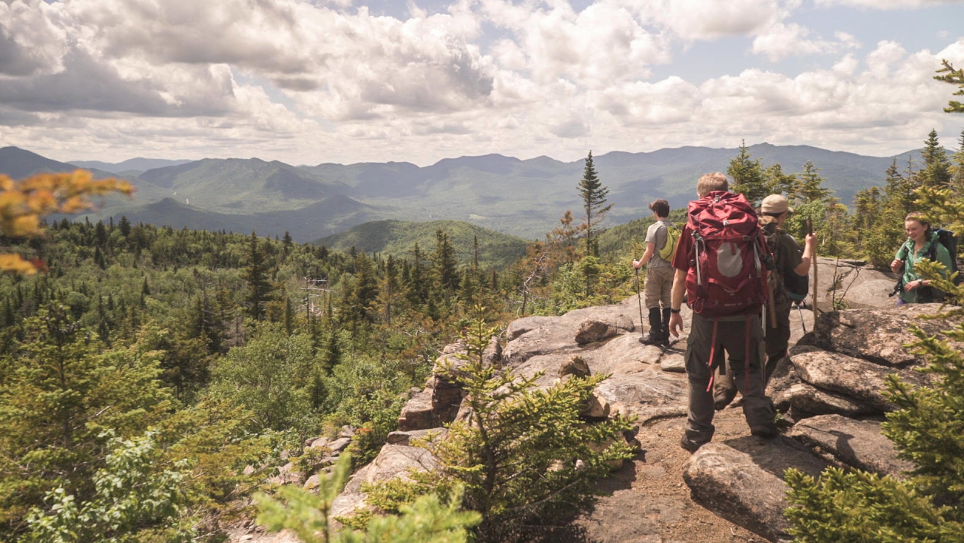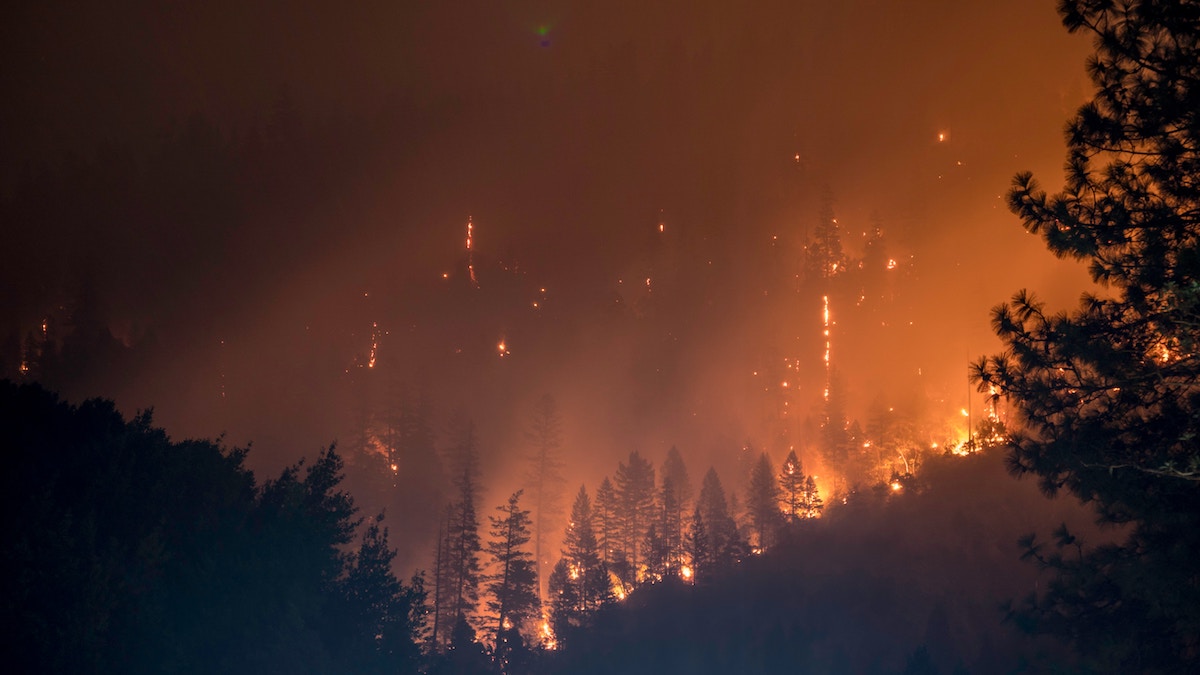
It’s no secret that wildfires in the U.S. are getting bigger and more intense.
Even if you haven’t personally been affected by a fire, you’ve probably seen the haunting photos and devastating reports on the news. Demolished homes, displaced families, firefighters risking their lives to contain walls of flame. These stories are evidence of a deadly, and growing, threat.
The numbers are startling. In August 2019, National Geographic reported that, on average, 72,400 wildfires cleared 7 million acres of U.S. land each year since 2000. For comparison, that’s twice the number of acres burned by wildfires in the 1990s.
So far, 2015 was the largest wildfire season recorded in the U.S., leaving more than 10 million acres of land scorched. And the trend toward larger and more destructive fires has continued.
SciLine reports that in August 2018, less than a year after the Thomas fire was named the largest fire in California’s history, the Mendocino Complex Fire broke its record. Just months later, in November 2018, the Camp Fire claimed the title of “deadliest and most destructive California fire.”
In a recent interview, Vicki Christiansen, chief of the U.S. Department of Agriculture’s Forest Service, told NPR that “Fire season is not an appropriate term anymore.” It’s always wildfire season.
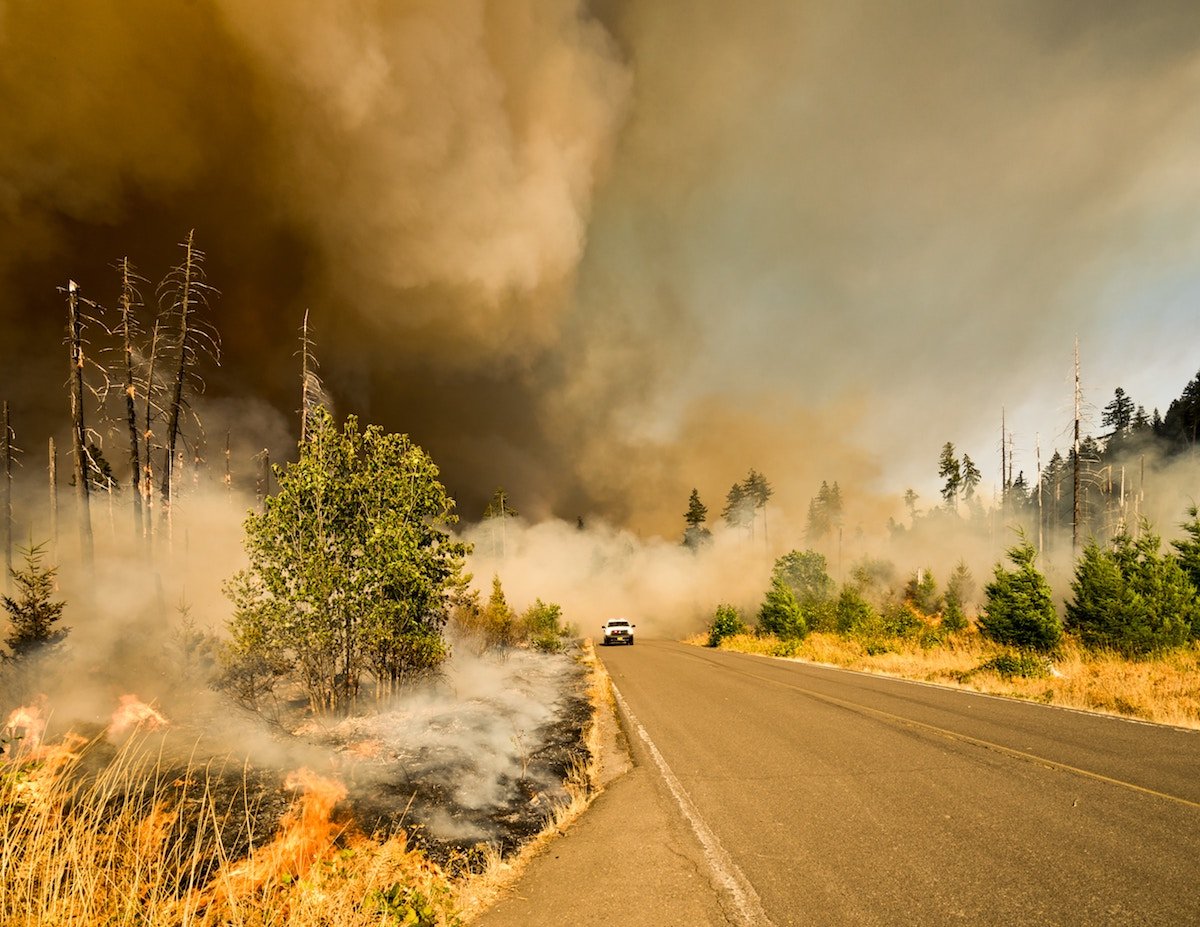
Bearing that in mind, if your next outdoor trip is in an area potentially affected by fires, it’s important to be aware of the risks and plan accordingly.
Outdoor recreationists around the country are finding ways to adapt to a new set of hazards—and a good starting point is learning how fires work and what you can do to minimize risk.
How Wildfires Work
Wildfires are a natural—and even necessary—occurrence in many ecosystems. Certain plants actually require exposure to heat or smoke in order to germinate, and fires can also help clear away excess vegetation in the canopy, which allows plants on the forest floor to receive more sunlight.
But the increasing scale and intensity of today’s wildfires are largely related to human activity. Although the Environmental Protection Agency categorizes wildfires as natural disasters, up to 90 percent of wildfires are sparked, literally, by human actions.
Wildfires require three ingredients to ignite and spread: a heat source, oxygen, and fuel. Heat sources can be human (cigarettes, campfires, arson, etc.) or natural (lightning, or, in some cases, sunlight).
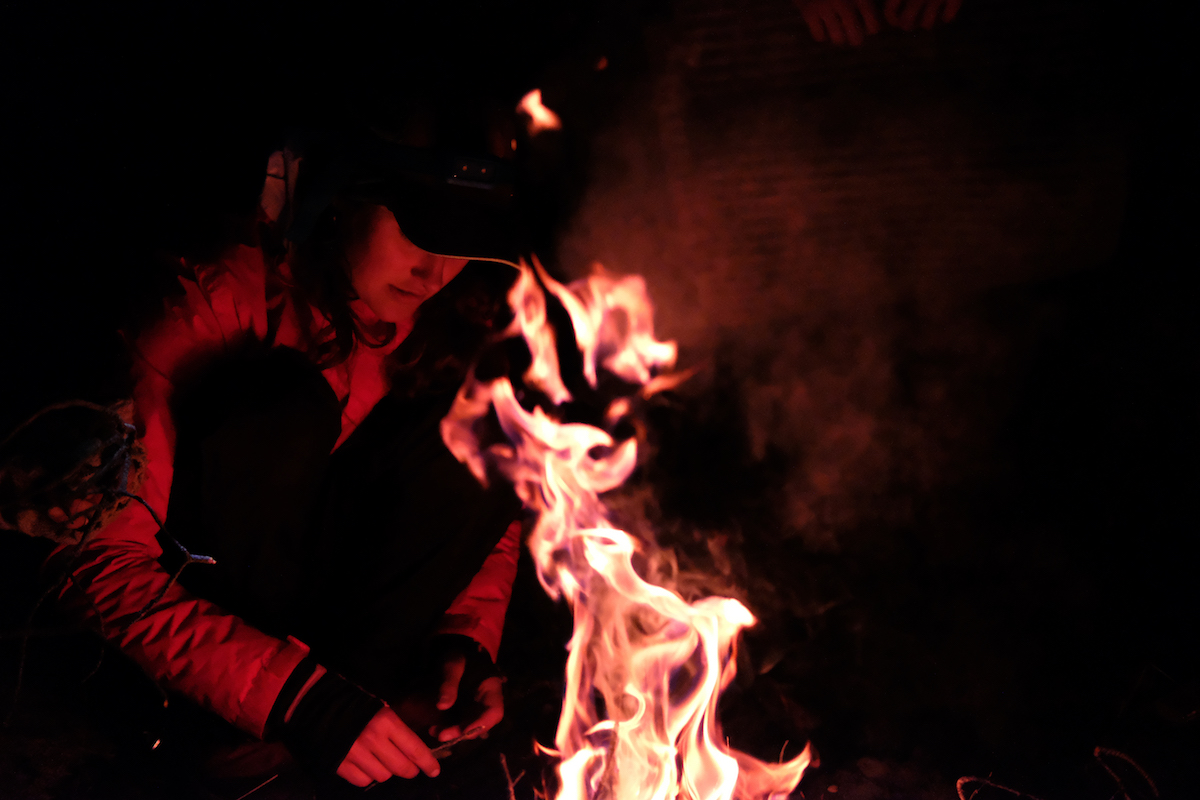
Air supplies oxygen to support the combustion reaction; hot dry winds enable fires to spread even more quickly. National Geographic reports that wildfires can travel up to 14 miles per hour—in other words, a four-minute mile pace.
Finally, fuel is needed to keep a fire going—that includes vegetation, houses, and any other burnable materials in its path.
While wildfires occur in most states across the U.S., California, Montana, Idaho, Wyoming, Washington, Colorado, and Oregon are typically the hardest hit. California remains the most fire-prone state.
As higher temperatures and drier conditions persist in the western U.S., wildfires are becoming larger and more common. Scientists predict that wildfire risk will continue to increase in conjunction with the rising temperatures, lower precipitation, and longer growing season associated with climate change.
Additionally, a growing population and expanded human development in the “wildland-urban interface” means that more people and homes are now at risk.
It also means that if you’re going to recreate in a fire-prone area, you’ll want to plan accordingly. Besides, incorporating risk management principles into your plans is a good idea on any outdoor trip—it’s always better to be prepared just in case something goes wrong.
Wildfire Risks on Outdoor Trips
Like avalanches, severe weather, and fast-moving water, wildfires are hazards that present risks you’ll need to manage while recreating outdoors.
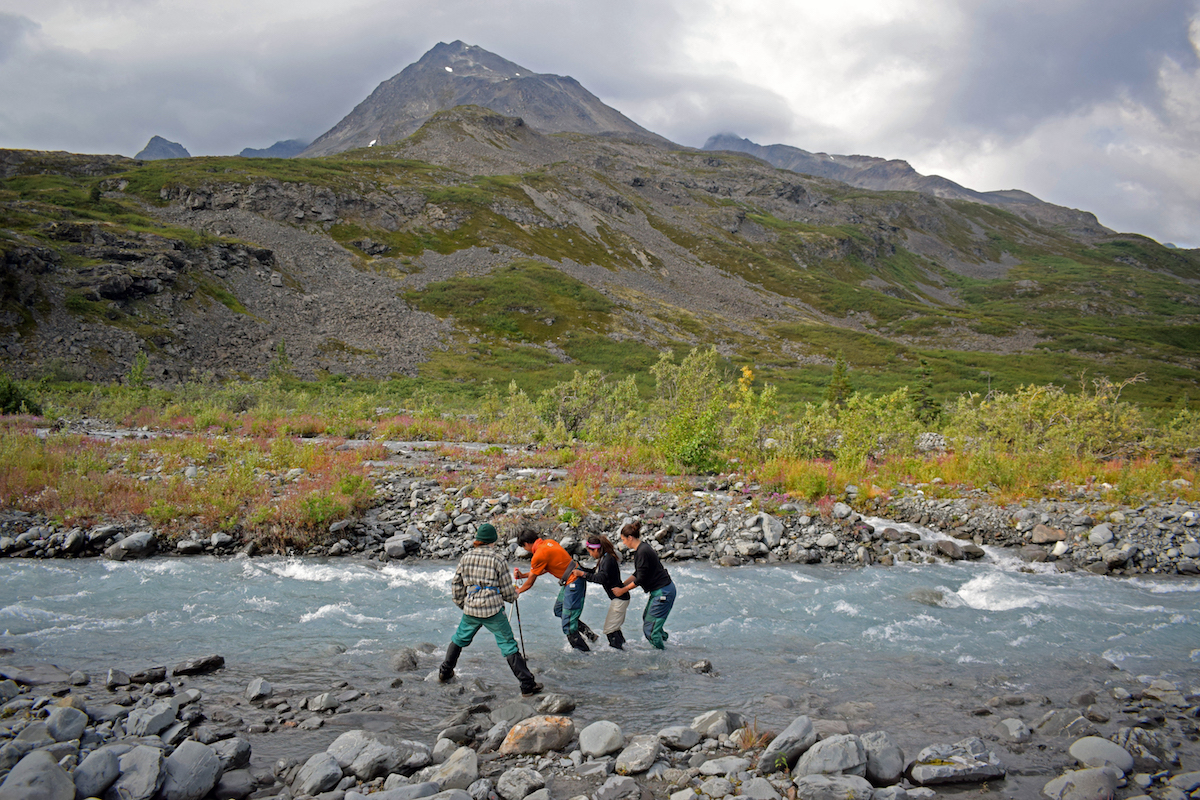
What is Risk Management?
Safety refers to freedom from harm. That’s not something you can 100% guarantee in the wilderness—or even at home. Instead, NOLS and many outdoorspeople use the term risk management to describe how to reduce the potential for a bad outcome.
Risk management begins with identifying hazards, or sources of danger. At NOLS, risks are defined as the possibility of loss or injury due to exposure to a hazard, such as a wildfire.
Wilderness risk management on a NOLS course involves identifying hazards, assessing risk potential, and choosing to either avoid the risk or mitigate it through the use of field practices. Emergency planning is also fundamental to risk management.
How Does NOLS approach Risk Management Around Wildfires?
At NOLS, our risk management protocols include closely monitoring fires near course areas—and avoiding the area altogether if risks persist. While very few NOLS expeditions have encountered fires, some courses in Idaho, Wyoming, Southwest, and the Pacific Northwest have had to adjust travel routes to avoid them.
Here are some risk management strategies NOLS uses that might be helpful for your next trip.
Follow land management regulations and fire restrictions
- Obey regulations for the use of campfires and any fire restrictions.
Be aware of existing wildfires and area closures. - If fire danger is high or there are fires currently burning, make sure your plan includes multiple routes with a variety of exit points from the area.
- Have an emergency plan in place before you leave.
Avoid being close to wildfires
- Be aware of weather conditions; in particular, the prevailing wind direction.
- If you see a column of smoke: is it bent? This indicates which way the wind and fire are moving.
- Move well away from the area (a mile or more).
- Follow your emergency plan and communicate with someone at home to figure out an alternative route or pickup point.
- Report any wildfires you see ASAP.
- Use caution if you have to hike through recently burned areas, as debris can be very hot, dead trees can fall, etc.
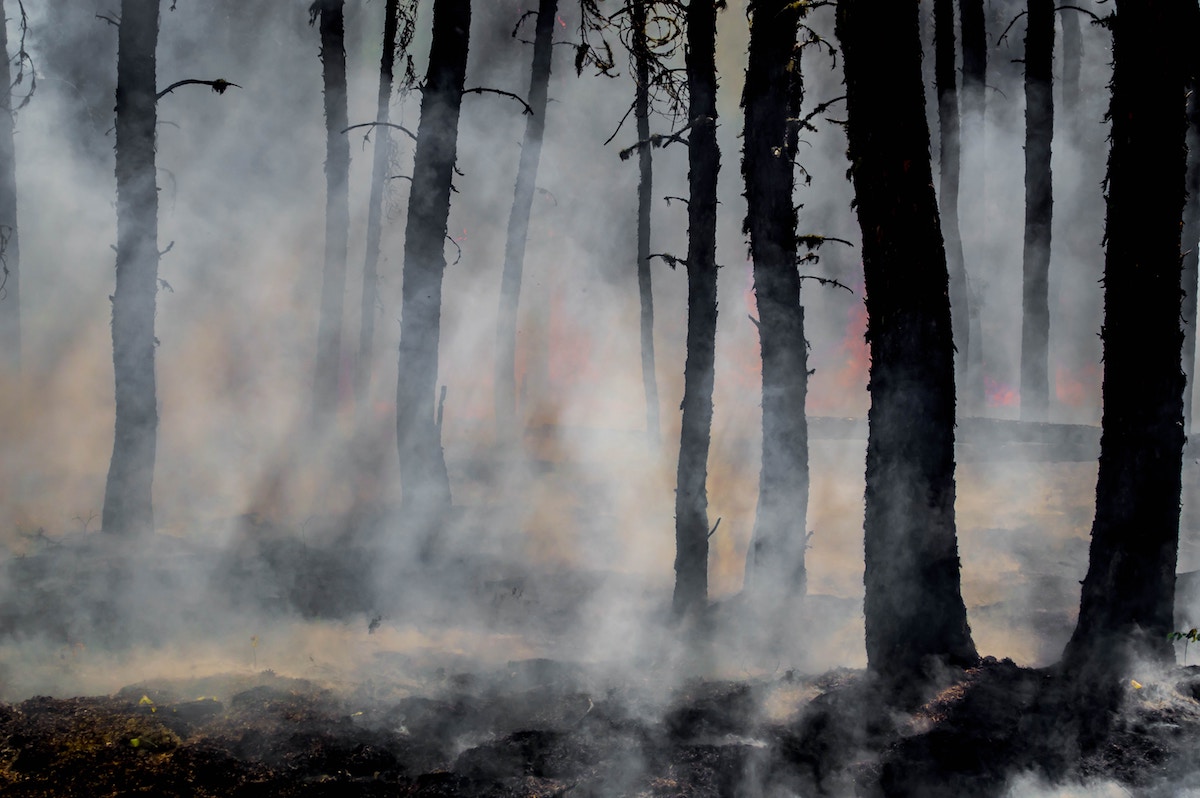
Dealing with thick smoke from distant fires
- Smoke from fires tens or hundreds of miles away may descend and “pool” in the bottoms of valleys at night. There’s not much you can do to escape it except wait for the wind to blow it away.
- Smoke can exacerbate respiratory conditions, so make sure to consider your group’s health conditions and potential areas of smoke before heading out.
- If visibility is less than 3 miles everyone should avoid prolonged or heavy exertion; if visibility is 10 miles or more, no restrictions in activity are necessary.
If a wildfire is close and/or moving your way
Determine your escape route and a safe zone where you could wait. Fire moves faster uphill, so move downhill. Find an area away from fire fuels and quickly move to:
- “The Black” (previously burned areas)
- A large meadow or treeless area
- A body of water or swampy area
- A boulder field
- Alpine zone (above treeline)
You may have to ditch your gear and run to escape a fire.
Note: NOLS program managers pay close attention to wildfires and they are usually avoided. There are very few wildfire-related incidents recorded in our risk management incident database.
The Bottom Line
Plan ahead and take precautions to avoid getting caught in a wildfire—as with avalanches, the best way to survive a fire while recreating outdoors is to avoid it. If there’s high potential for a wildfire or there’s already a fire burning, it’s never a bad call to change your route or postpone your trip.
Advance your personal and professional risk management skills with NOLS.
Written By
Brooke Ortel
Brooke is a runner and writer who enjoys finding adventure in the everyday. True to her island roots, she loves sunshine, that salty ocean smell, and the sound of waves against the shore.



